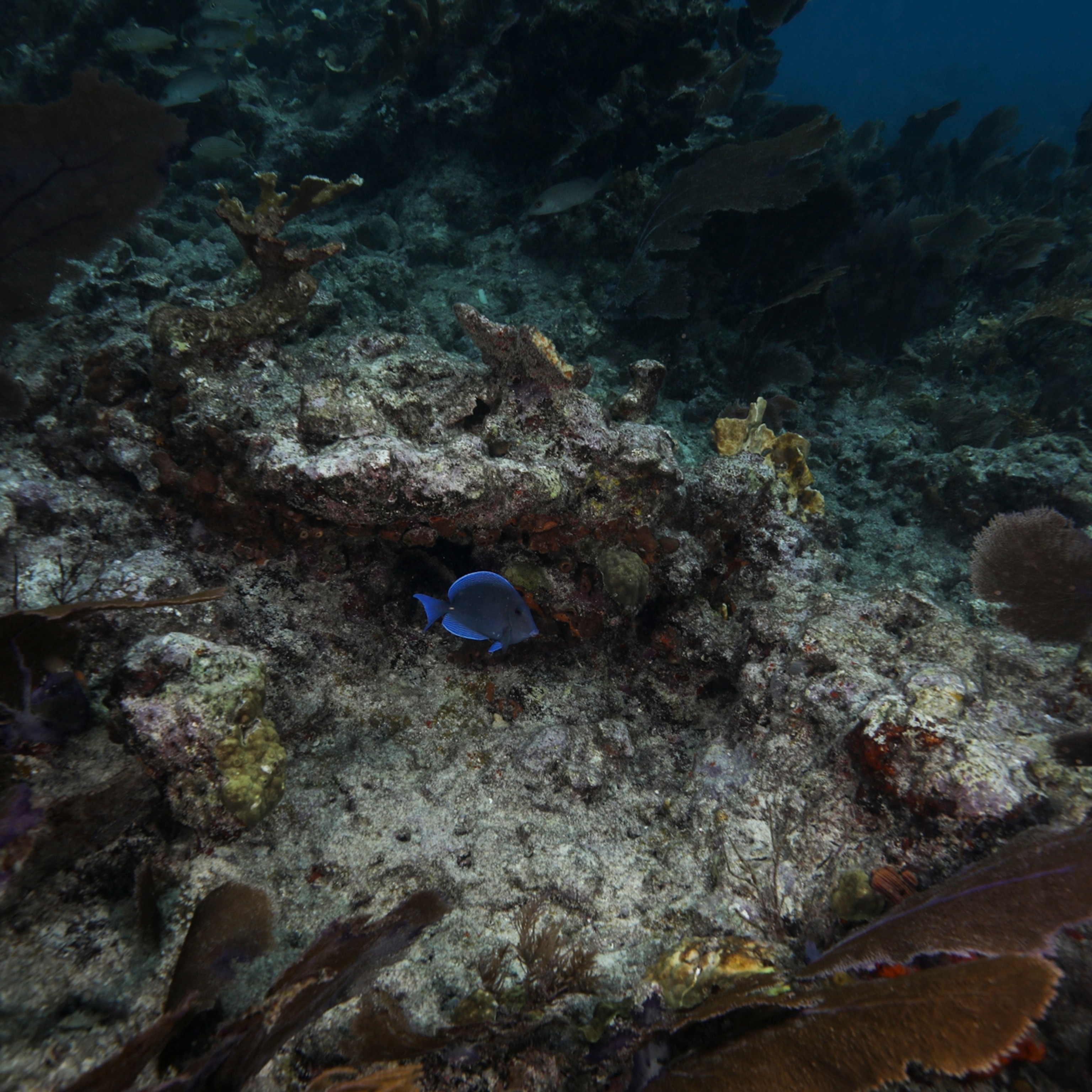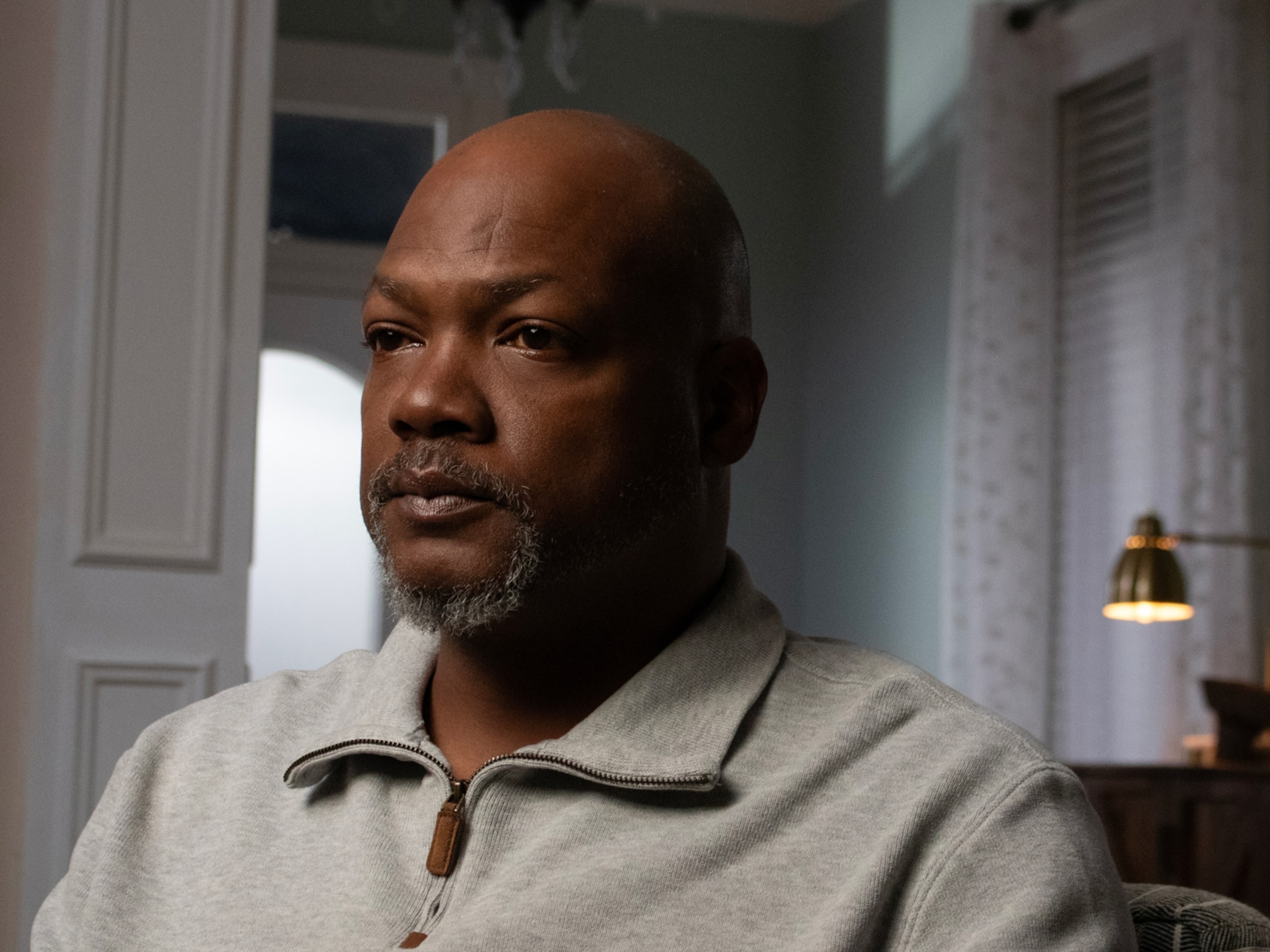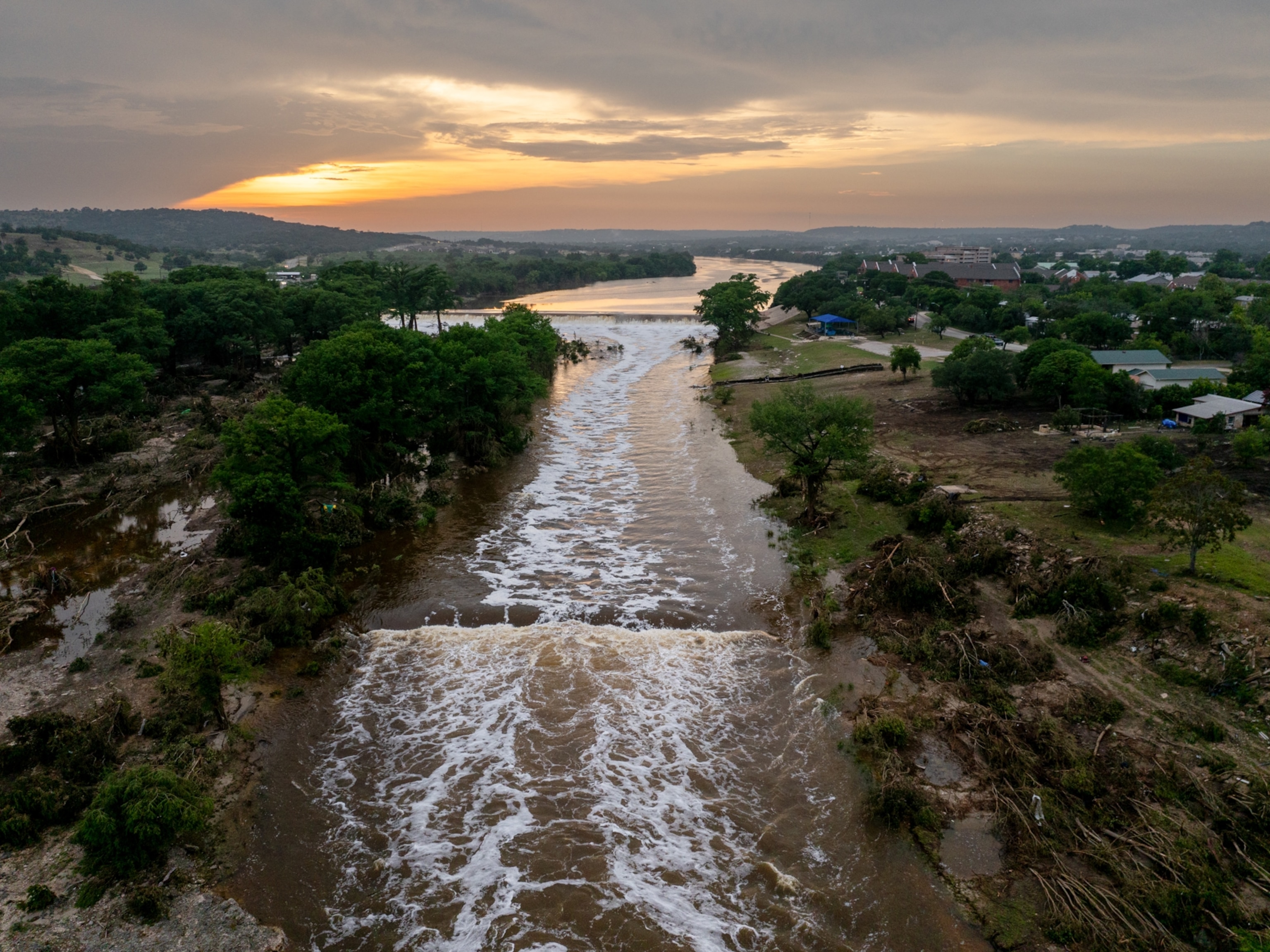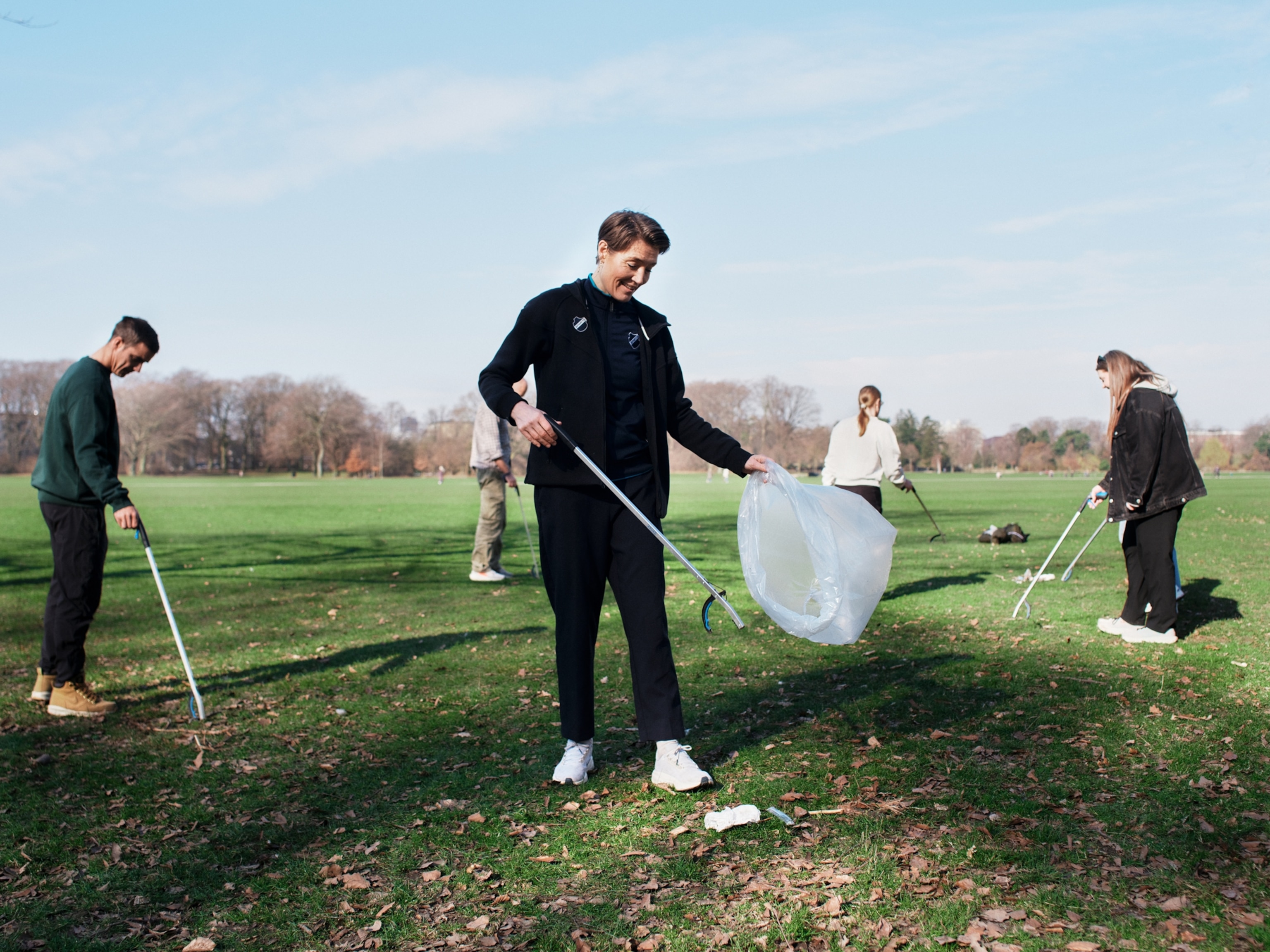At the Salvation Army in Baton Rouge, Louisiana, a shelter that normally provides meals to the homeless is preparing more food for those who may be without homes this weekend after Hurricane Delta passes through.
“There’s no doubt resources are stressed,” said Donald Tekautz, the head of the city’s Salvation Army division. “This has been a tough summer. Finances, supplies, food, water—we always try to have supplies on hand, and a lot of it we sent to Lake Charles when their need was great.” That was just over a month ago, after Hurricane Laura hit the same swath of southwest Louisiana that is now waiting on Delta.
When a disaster strikes this region, the state and Red Cross provide most of the shelter, while the Salvation Army focuses on food and household items. Tekautz is confident that the organization will still be equipped to help those who need it.
Hurricane Delta, a growing Category 2 storm, is expected to make landfall on Friday, following a path similar to Laura, which caused historic destruction. It’s the sixth time this year Louisiana has been in what meteorologists call the cone of uncertainty, or the predicted path of a storm. In a Thursday morning briefing, National Hurricane Center Director Ken Graham said Delta is still expected to get “stronger and larger” and could make landfall as a Category 3.
Six thousand people who evacuated before Hurricane Laura remain in Louisiana shelters, and an additional 2,000 are in Texas. Laura damaged over 58,000 homes and completely destroyed 10,000. Debris is still scattered throughout the worst-hit parishes, and a storm with 100 mile-per-hour winds like Delta could easily turn pieces of wood or metal into deadly projectiles.
“Another hurricane, another challenge, another disaster, another emergency is the last thing any of us wanted to face. This season has been relentless,” said Louisiana Governor John Bel Edwards at a Tuesday press conference.
He advised those in the storm's path to take shelter by Thursday evening.
Readying the troops
Louisiana had the second highest poverty rate in the country last year, trailing Mississippi by just half a percentage point. This year the state was hit hard by COVID-19; cases spiked in mid-February shortly after Mardi Gras and again this summer. Evacuating a hurricane requires at least some savings for gas, food, and—for those who can’t stay with family—a hotel. Many people have run through anything extra they’d set aside for emergencies.
Data provided to the New York Times by the Red Cross shows that the organization has provided more than 800,000 overnight stays in shelters across the country since September 25, four times their annual average. Over 350,000 of those have been in Louisiana.
Tekautz said the threat from COVID-19 has made it difficult to operate at full capacity. Whereas in the past the Salvation Army might have taken on 20 to 30 volunteers to package meals in Baton Rouge, this year, to maintain social distance, they worked with a group of about 12 volunteers.
“It takes longer, but we get it done,” Tekautz said.
In addition to distancing while preparing for disasters, volunteers must also take COVID precautions when helping survivors. Those in need who would normally drop in to speak with a Salvation Army representative must now make an appointment. After each meeting, rooms are sanitized. Tekautz said these new health restrictions have made their work just “a little more difficult,” but still effective.
To be in the projected path of a hurricane is tiring, he said, adding that the forecasts give first responders time to prepare, but also time for anxiety to build.
“There’s no doubt that disaster fatigue is real,” he said.
Greg Forrester is the president of the National Voluntary Organizations Active in Disaster (NVOAD). He said COVID-19 piling on historic wildfires and hurricanes has left aid groups strapped for volunteers and money.
“The decline in the number of volunteers [and] donations for both response and recovery will extend the amount of time that it takes for a family or community to recover from a disaster,” Forrester said via email.
He added that the nonprofit sector is struggling to keep up with the growing size and cost of natural disasters.
Reinforcing damaged infrastructure
In Jefferson Parish, emergency manager Joe Valiente is ready for Hurricane Laura, which marks the fourth time he and his colleagues have had to activate their emergency response plans since the hurricane season officially began on June 1.
“We’re in battle mode now,” he said. “We found our rhythm.”
Jefferson Parish stretches from the urban neighborhoods just west of New Orleans to the coastal marshes in the small town of Grand Isle, at the eastern edge of Hurricane Delta’s cone of uncertainty.
On Wednesday, construction crews worked through the night to build a levee on Grand Isle that’s intended to alleviate a storm surge like the area experienced with Hurricane Laura and earlier storms this year. Both the public and officials in the parish are far more alert to the dangers of Delta because of Laura, Valiente said.
“It kind of hit home,” he says. “Laura was an unpleasant reminder.”
In the immediate aftermath of Hurricane Laura, half a million people were without power. Many in the worst-hit areas went dark for weeks. While nearly all electricity has been restored, repairs to the storm-damaged energy grid are not complete, which may make restoring power after Hurricane Delta more difficult.
COVID-19 testing will again be temporarily paused while the National Guard shifts its efforts to Hurricane Delta response. Positive cases rose early this week, which Governor Edwards partially attributed to a testing backlog. He said there had been no significant spike as a result of Laura, thanks to measures like mask wearing and social distancing.
Preparing for an uncertain future
Storms are expected to become stronger and more destructive as the climate warms, and the low-lying regions of Louisiana will likely feel the effects.
“In terms of climate change, the big issue is not necessarily that we’re seeing more storms,” saids Philip Klotzbach, a climate scientist at Colorado State University. “It’s that the storms that do form are more likely to rapidly intensify.”
Hurricane Delta did just that as it approached Mexico’s Yucatan Peninsula earlier in the week, spinning up from a tropical storm into a Category 4 monster in just 36 hours, one of the fastest intensifications on record.
Navid Jafari, an engineer at Louisiana State University, said the state has made a lot of progress to adapt to rising seas, sinking land, and worsening hurricanes, but it still has a long way to go. Were a major hurricane to strike New Orleans this year, Javari saids he thinks the levees that were repaired and reinforced at a cost of $14 billion after Hurricane Katrina would provide adequate protection against flooding. Whether that would be true in the coming years, he’s less sure.
(How hurricanes are hastening the demise of Louisiana’s wetlands.)
At the Salvation Army’s national headquarters in Virginia, director of emergency disaster services Michelle Belles said 2020’s barrage of challenges has changed how they staff up their volunteer pool. Before COVID-19 made travel a health hazard, the organization might have moved in a team of volunteers from out of state. This year, they’re recruiting more local volunteers, hoping that communities will learn to turn inward for support.
The hurricane season officially ends at the end of November, and storms that develop during this time of year tend to originate in the warm waters of the Caribbean instead of off the west coast of Africa. That means the Gulf Coast states will remain vulnerable.
“I’d be surprised if Delta is the last storm we see this year,” said Klotzbach.









